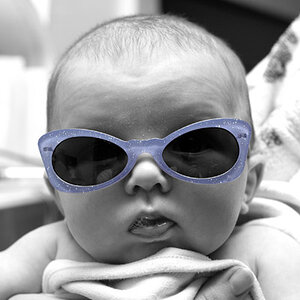I understand all of these terms individually, but how do they all come together? Such as when I increase the aperture a full stop, by what amount should I adjust the ISO and shutter speed?
I'm wanting to know what the universal rules are.
I hope you guys know what I'm talking about...
I'm wanting to know what the universal rules are.
I hope you guys know what I'm talking about...



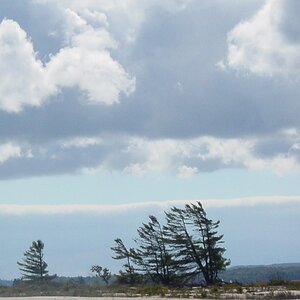

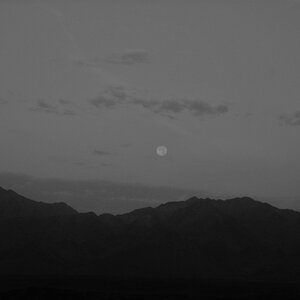
![[No title]](/data/xfmg/thumbnail/39/39447-6e7679723d775935851f055bae9712ba.jpg?1619739036)
![[No title]](/data/xfmg/thumbnail/30/30879-16ad830465e571dee0a784c7fa122909.jpg?1619734493)
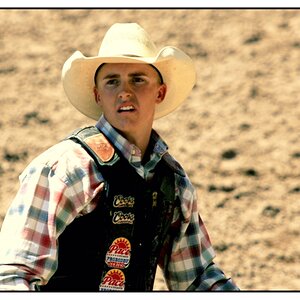
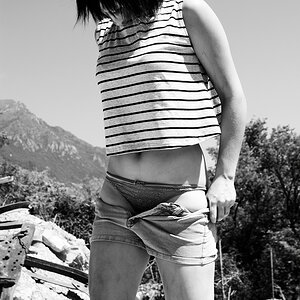
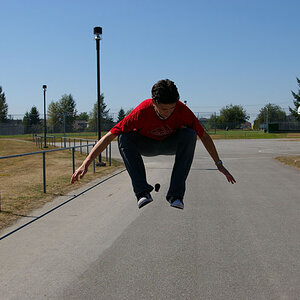
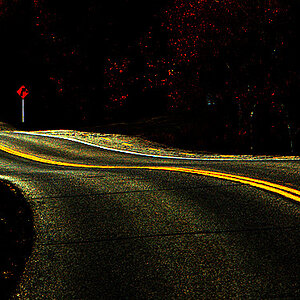
![[No title]](/data/xfmg/thumbnail/30/30880-eb7252c7e6df26b6cbc7065d2838df96.jpg?1619734495)
![[No title]](/data/xfmg/thumbnail/42/42348-b961c40032587da9952402de14b5976a.jpg?1619740146)
